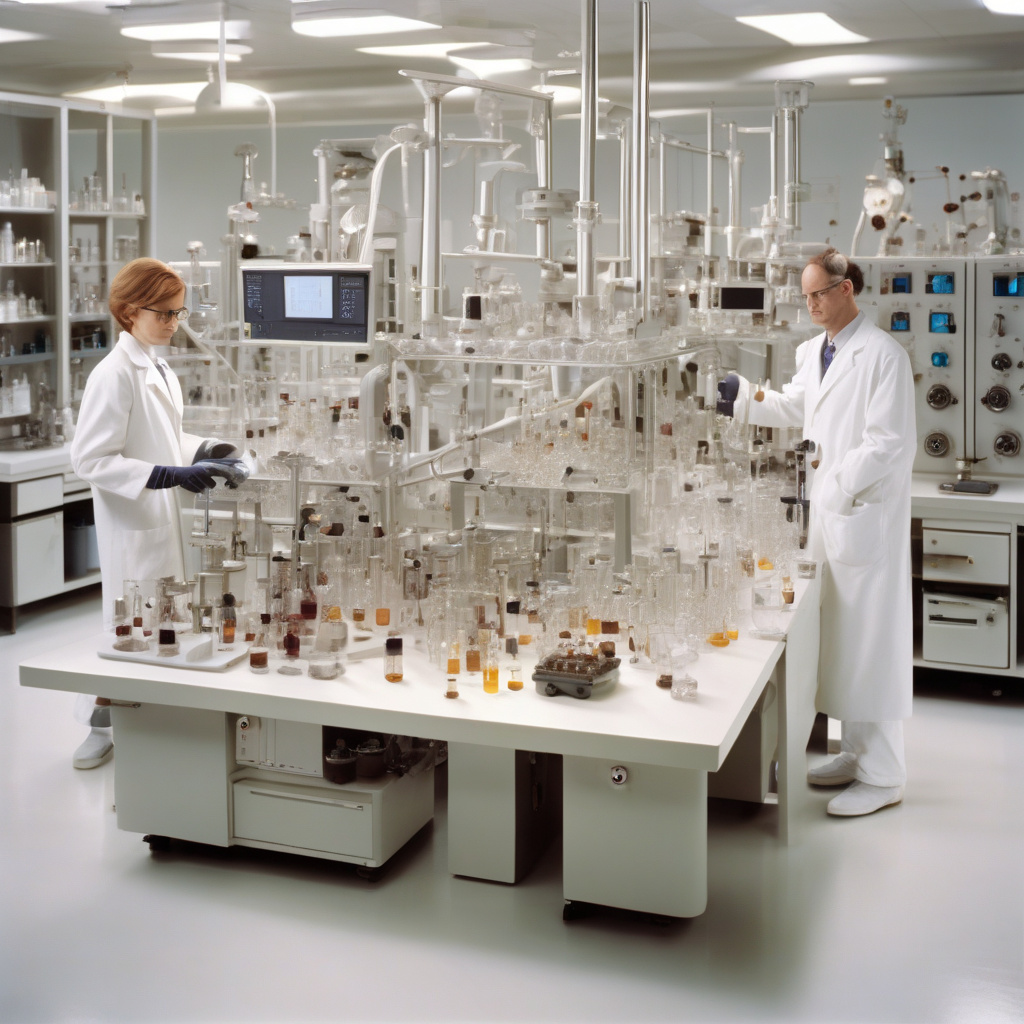US Scientists Unveil How Nickel Catalyst Can Replace Expensive Palladium in Industrial Chemistry
Scientists have unraveled how light and a previously unknown form of certain nickel-based catalysts together can replace the expensive palladium in industrial chemistry processes. This groundbreaking discovery is set to revolutionize the field by offering a more cost-effective and sustainable alternative without compromising efficiency or performance.
Nickel, a relatively abundant and affordable metal, has long been overlooked in favor of palladium due to the latter’s superior catalytic properties. However, recent research has shed light on a novel mechanism where specific forms of nickel-based catalysts, when activated by light, exhibit catalytic activity comparable to, if not better than, palladium. This finding not only challenges the conventional wisdom regarding catalytic materials but also opens up new possibilities for designing catalysts with improved functionality.
The implications of this discovery are far-reaching. Industries that rely heavily on palladium, such as the automotive and pharmaceutical sectors, stand to benefit significantly from the switch to nickel catalysts. By reducing their dependence on palladium, companies can lower production costs, streamline manufacturing processes, and decrease their environmental footprint. This shift towards sustainability aligns with the global trend towards greener practices and resource efficiency.
Moreover, the scalability of nickel production compared to palladium ensures a stable and consistent supply of catalysts for industrial applications. This stability is crucial for industries that operate on large scales and cannot afford disruptions in the supply chain. By embracing nickel catalysts, companies can mitigate the risks associated with metal price fluctuations and geopolitical uncertainties, thereby safeguarding their operations and profitability.
Furthermore, the compatibility of nickel catalysts with existing industrial infrastructure makes the transition even smoother. Manufacturers can integrate nickel-based catalysts into their current processes with minimal modifications, reducing downtime and implementation costs. This seamless adoption paves the way for widespread acceptance and uptake of nickel catalysts across various sectors, accelerating the transition towards a more sustainable future.
In conclusion, the unveiling of how nickel catalysts can replace palladium in industrial chemistry marks a significant milestone in the field of catalysis. By harnessing the power of light and unlocking the potential of nickel-based materials, scientists have paved the way for a more sustainable, cost-effective, and efficient future for industrial processes. As industries worldwide embrace this innovative solution, the era of nickel catalysis is poised to reshape the landscape of industrial chemistry for years to come.
sustainability, nickel catalysts, industrial chemistry, palladium replacement, cost-effective solutions












